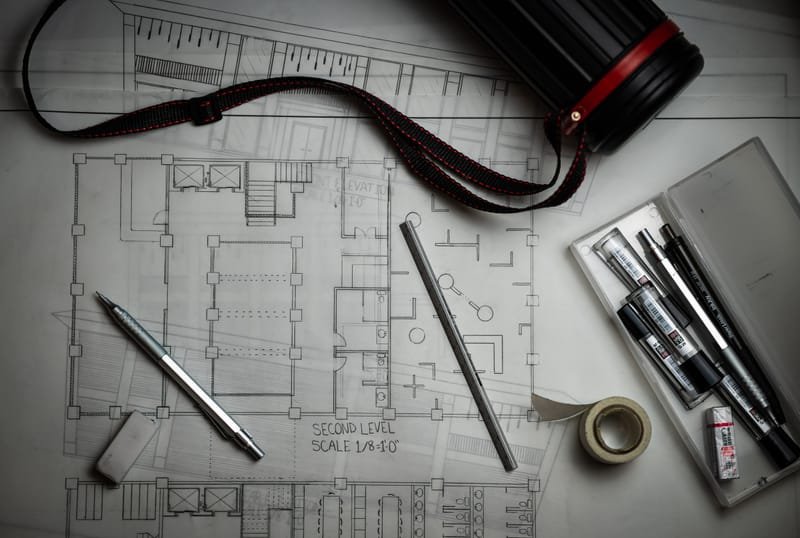Planning & Layout

Planning is an essential part of any construction project. It is the process of determining the best way to organize and coordinate the various resources, materials, and labor required for a successful construction project. Here are some key considerations for effective construction planning and layout:
Determine the Project Scope: The first step in construction planning is to determine the scope of the project, including the project's objectives, timeline, budget, and required resources.
Site Evaluation: The construction team should evaluate the site's characteristics, including soil conditions, drainage, water supply, topography, and other factors that may impact the construction process.
Design and Permitting: The design and permitting process will help determine the best layout for the project, taking into account environmental and zoning regulations, traffic patterns, and other factors.
Site Layout: Site layout involves determining the best location for equipment, temporary structures, and storage areas, as well as the placement of utilities, access roads, and other site features.
Scheduling and Resource Allocation: The construction team should develop a detailed schedule for the project, including a timeline for completing each phase, and allocate resources accordingly.
Safety and Security: Safety and security should be a top priority throughout the construction process, with the construction team implementing measures to protect workers, equipment, and materials.
Quality Control: Quality control measures should be in place throughout the construction process to ensure that the work is completed to the highest standards.
In conclusion, effective construction planning is critical to the success of any construction project. By taking into account the various factors outlined above, construction teams can optimize their resources, reduce costs, and complete projects on time and within budget.


